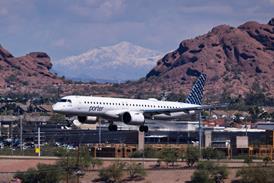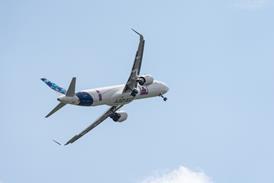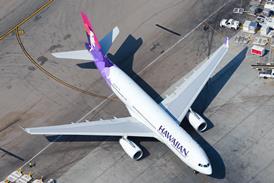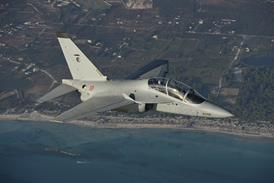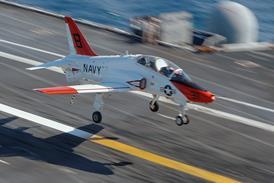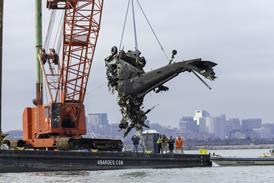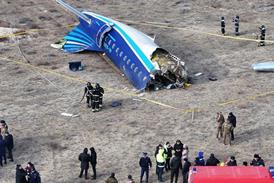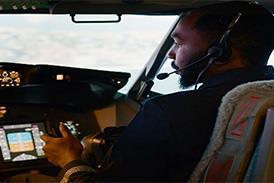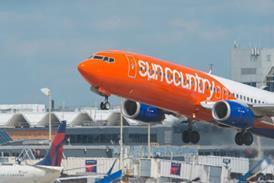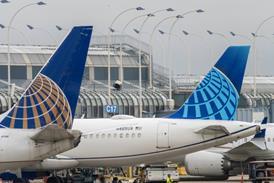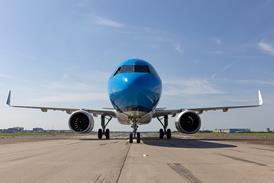US investigators believe loss of power in the outboard left-hand engine of a Douglas C-54, and the subsequent feathering of its propeller, initiated a chain reaction of events including a fuel explosion and fatal loss of control.
The inquiry into the accident, which occurred in Alaska on 23 April last year, has not been able to determine the reason for the power loss in the Pratt & Whitney R-2000 radial engine.
But it states that incorrect maintenance work and a poor attempt to repair a fuel leak thwarted the crew’s attempt to contain the engine failure.
The aircraft – registered N3054V, built in 1945 and operated by Alaska Air Fuel – had been transporting two 100USgal propane tanks and 3,400USgal of unleaded fuel from Fairbanks to Kobuk.
Two weeks beforehand its outboard left-hand engine had been replaced with a serviceable engine, and then replaced again with an overhauled engine a week prior to the crash.
The National Transportation Safety Board says a fuel leak in the outer left wing tank, near the engine, was subsequently discovered and a repair attempted.
But this repair “did not fix the leak”, it states, noting that the tank only leaked when full – at around five to 10 drops of fuel per minute.
“The airplane sat for several days with full fuel tanks before the accident flight, dripping fuel into the wing space behind the [outer left] engine,” says the inquiry.
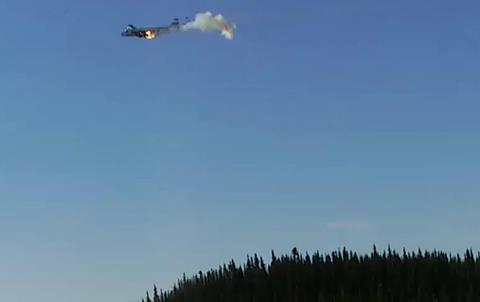
Analysis of the wreckage also indicated that a B-nut – a nut typically used to connect fluid lines or hoses – had been incorrectly fitted in the propeller-feathering system.
Investigators believe the outer left engine lost power shortly after take-off, for reasons that could not be identified.
But the inquiry says the crew would have tried to feather the propeller at about 1,600ft altitude, in order to reduce drag.
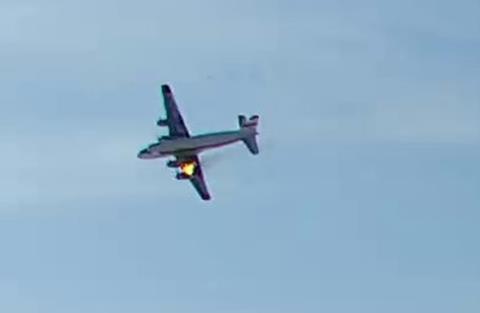
When the feathering pump system was activated, however, the incorrectly-fitted B-nut would have allowed high-pressure oil to spray around the hot exhaust system, causing a trail of white smoke observed by witnesses.
This ignited the pooled fuel which had been leaking from the wing tank, causing an explosion which separated the aileron bell housing and shed large sections of the wing, as well as other fragments.
Although the crew had advised air traffic controllers of a fire, initiating a turn back to Fairbanks, the wing damage left the pilots unable to control the aircraft.
From around 1,400ft it rolled into a left-hand descending turn, the outer left engine separating about 100ft above ground, and crashed near the bank of the frozen Tanana river.
Neither pilot, the only occupants, survived. Around 3min after the impact, a second explosion was detected by University of Alaska Fairbanks equipment.

